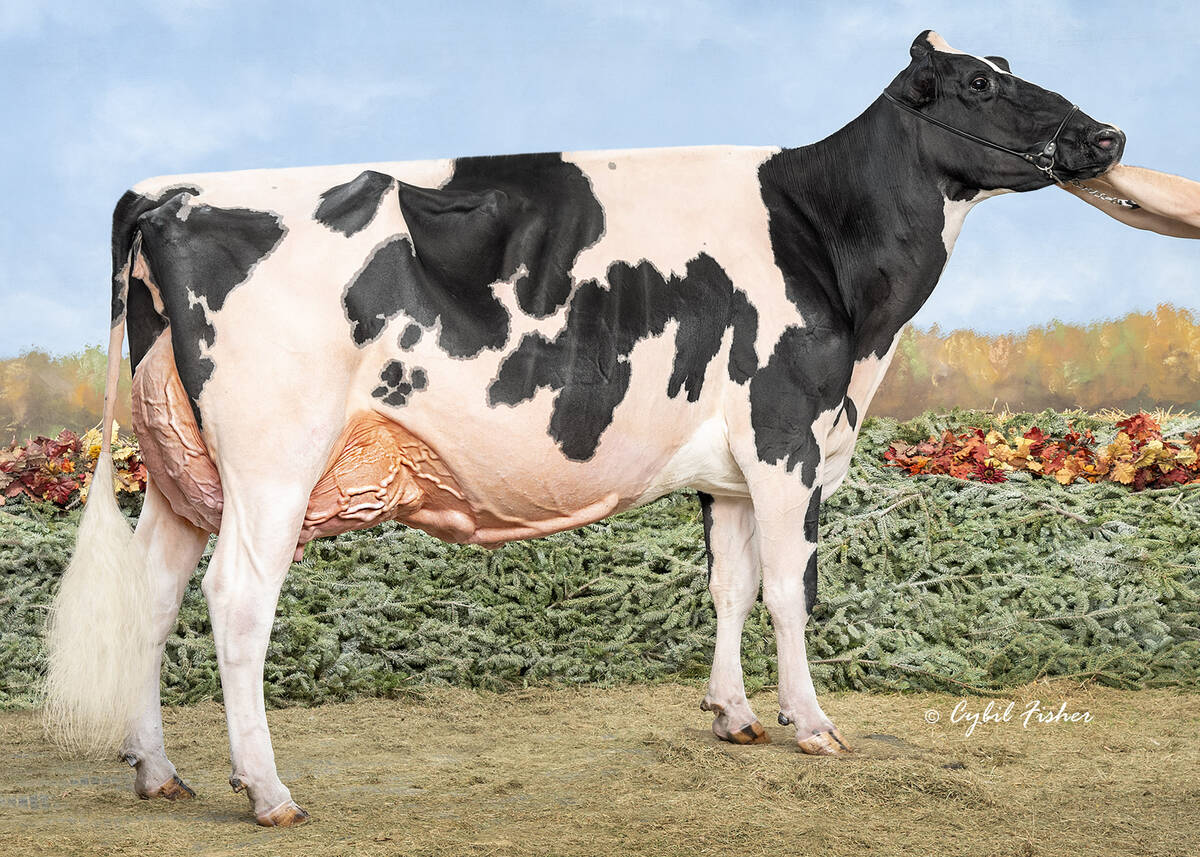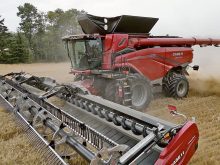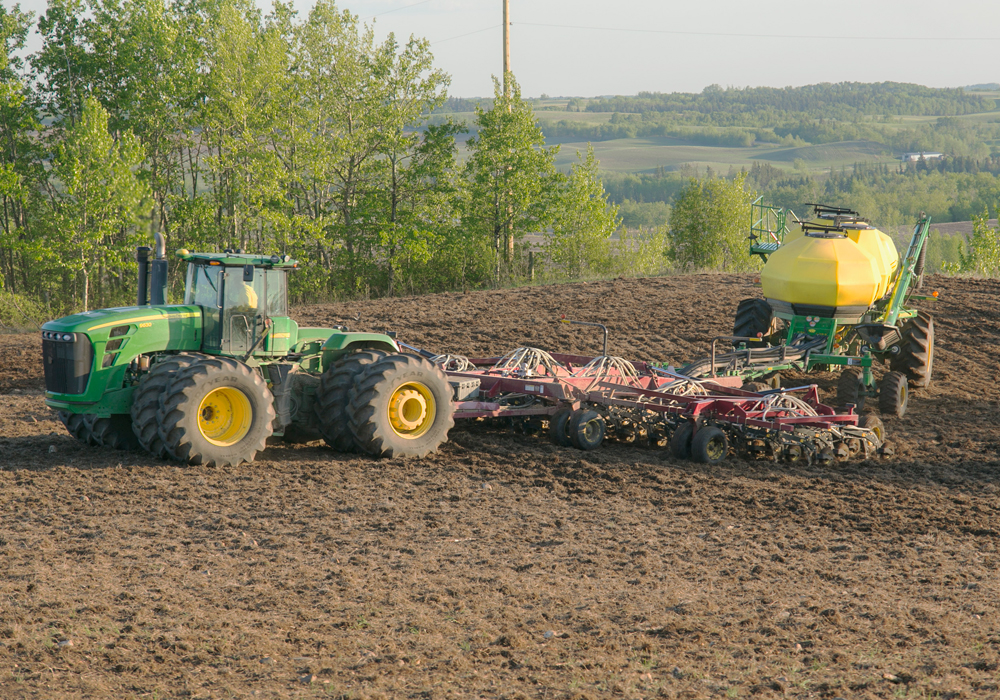Good looking crops south of the border are producing bad looking corn and soybean prices.
Ideal growing conditions in the United States Midwest this summer have farmers and traders talking in terms of bumper yields of corn and soybeans.
That in turn has put downward pressure on prices, with nearby corn futures sinking as low as $3.08 US per bushel on July 22. That’s down from $4.47 in mid-June and the lowest price since October 2006.
Meanwhile, soybean futures have been around $10 per bu. in the past week, down by 20 percent from a peak of $11.90 in early June.
Read Also

Saskatchewan dairy farm breeds international champion
A Saskatchewan bred cow made history at the 2025 World Dairy Expo in Madison, Wisconsin, when she was named grand champion in the five-year-old Holstein class.
Arlan Suderman, market analyst with Farm Futures Magazine, said he expects corn to continue trading between $3 and $3.50 until the Aug. 12 crop report from the U.S. Department of Agriculture.
“To really sustain a legitimate rally to higher levels would require a legitimate threat to the crop,” he said in an interview from Wichita, Kansas.
“Right now the only threat is a freeze because of the lateness of the crop, and it’s pretty hard to get the trade excited about that at this time of year.”
Prices did rally late last week after the USDA announced it would re-calculate planting statistics in several major corn-producing states.
The trade believes that will indicate that acreage will be revised down from the June report, which in turn would mean reduced production and more support for prices.
“General wisdom in the industry is we’ll see corn acres go down by anywhere from 500,000 to 1.5 million acres,” said Suderman.
However, some analysts say any reduction in acreage will likely be balanced by high yields due to the near perfect growing conditions.
“Maybe we will lose a million acres, but we could see yields jump by five, six or seven bushels an acre,” Gavin Maguire of EHedger told the Dow Jones news service.
Weather factor
The optimism about yields is based on ideal weather during the crucial pollination period for corn in July.
This summer’s pollination period has been marked by moderate temperatures and limited rainfall.
It’s too soon to say what conditions will be like during the vital pod-setting period for soybeans in August.
On July 12, the USDA reported 71 percent of the corn crop and 66 percent of the soybean crop were in either good or excellent condition.
Darrell Good, extension economist at the University of Illinois, believes that provides a strong indicator of high yields.
Based on his crop production model, favourable weather in August would result in an average corn yield of 161.9 bu. per acre, above the long-term trend yield of 154.9 and the USDA forecast of 153.4.
For soybeans, the comparable yields would be 44.7 from the crop production model versus the long-term trend of 42.2 and the USDA forecast of 42.6.
“For both corn and soybean, yield projections based on the crop weather models assume that frost/freeze dates are not earlier than normal,” Good said in a market commentary published July 20.
Production at that level would result in a crop that is larger than demand, and further weaken prices into the harvest period, he said.














